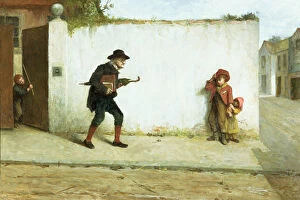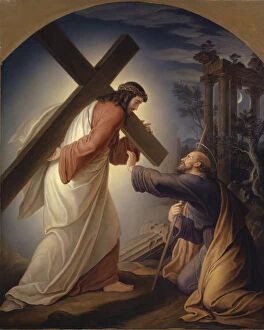Domine Collection
Domine (Latin for 'Lord'), a title of reverence and respect, echoes through various contexts. From the de Havilland DH
All Professionally Made to Order for Quick Shipping
Domine (Latin for 'Lord'), a title of reverence and respect, echoes through various contexts. From the de Havilland DH.89B Domine G-AIUL, a vintage aircraft that graced the skies, to the hallowed halls of King Edward's School in Birmingham, where students pondered the Latin phrase 'Domine, Salvum Fac Regem' (Save our King, O Lord). The title also appears in art, such as 'The Old Dominie' oil on canvas, and in religious history, like Martin Luther's defiant act of burning the papal bull 'Exsurge Domine' in 1520. The question 'Domine quo vadis?' (Lord, where are you going?) resonated in the 1843 oil canvas 'Domine quo vadis?' and the Attributed Marco Benefial's version, while Luther's bold act of rebellion against the Church is depicted in 'Martin Luther Burning The Papal Bull (Exurge Domine) Along With The Book Of Church Law And Many Other Books By His Enemies On December 10, 1520 In Wittenberg.' The title 'Domine' continues to inspire art and history, a testament to its enduring significance.










